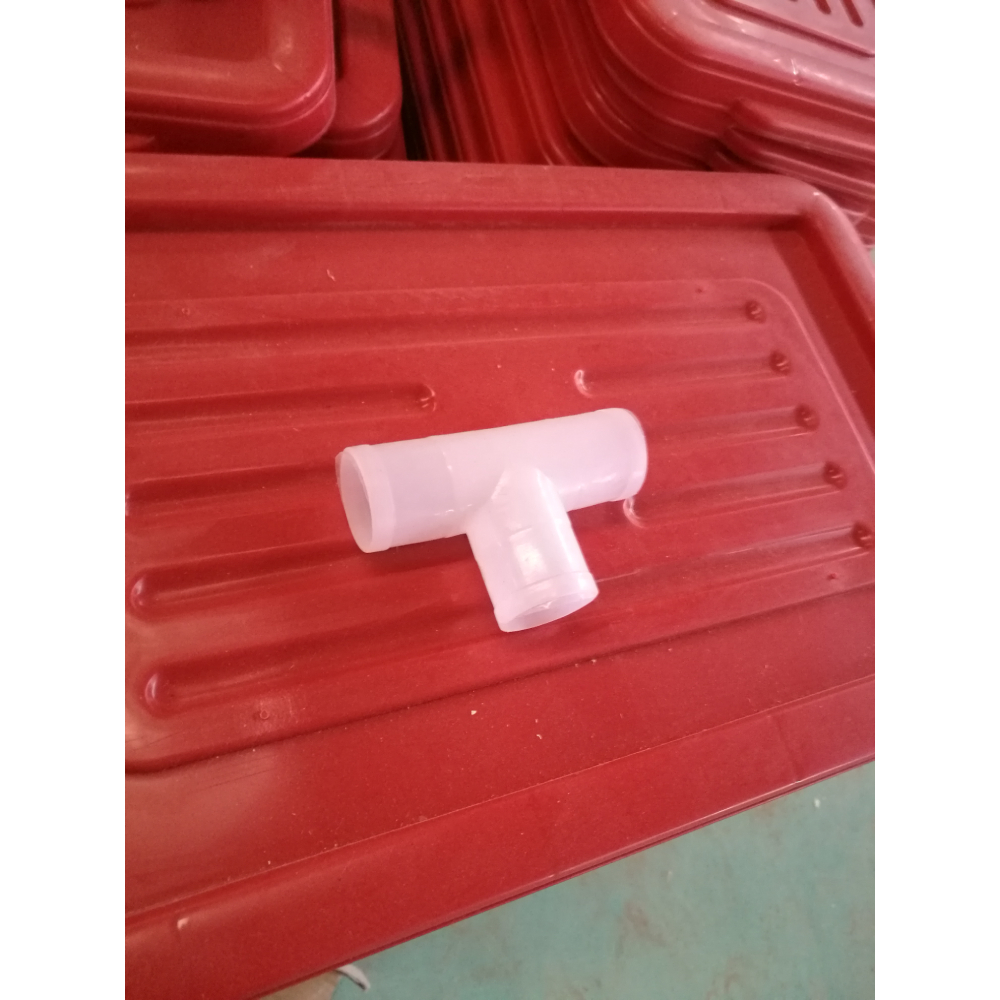Choosing the Right Mesh for Poultry Cage Designs and Construction
Dec . 12, 2024 16:17 Back to list
Choosing the Right Mesh for Poultry Cage Designs and Construction
The Importance of Poultry Cage Mesh in Modern Farming
In the ever-evolving landscape of modern agriculture, specialized tools and equipment have become indispensable for efficient poultry farming. One such crucial component is poultry cage mesh, which plays a significant role in enhancing the productivity, welfare, and overall success of poultry operations. As the global demand for poultry products rises, understanding the importance of quality cage mesh becomes increasingly vital for both small-scale and industrial poultry farmers.
What is Poultry Cage Mesh?
Poultry cage mesh refers to the specialized wire mesh used in the construction of cages for birds such as chickens, ducks, and quails. Made from durable materials like galvanized steel or coated wire, this mesh serves multiple purposes—providing safe confinement for birds, facilitating airflow, and allowing for easy cleaning and maintenance. Its designs can vary, featuring different size openings tailored to the specific needs of various poultry species.
Enhancing Bird Welfare
One of the primary functions of poultry cage mesh is to ensure the welfare of the birds being raised. Properly designed cages with high-quality mesh allow birds to live in a controlled environment that protects them from predators and harsh weather conditions. The openings in the mesh are engineered to prevent birds from escaping while providing adequate space to move around. Good ventilation is crucial for preventing respiratory issues, and a well-structured mesh system facilitates this airflow, helping to maintain a comfortable living environment for the poultry.
Moreover, a high-quality cage mesh reduces the risk of disease transmission. With the right structure, farmers can minimize direct contact between different flocks, which can help prevent outbreaks of avian diseases. This can be particularly important in commercial operations where biosecurity is a priority.
Boosting Productivity
poultry cage mesh

Incorporating poultry cage mesh into farming practices not only enhances bird welfare but also boosts overall productivity. Caged systems allow farmers to optimize space utilization, enabling them to raise a larger number of birds in a confined area without compromising their well-being. This density can lead to increased egg production and faster growth rates for meat birds.
The use of cage mesh also simplifies feeding and watering processes. Automated systems can be easily integrated, ensuring that all birds receive a consistent supply of nutrition and hydration. This efficient approach helps farmers manage their resources better and can lead to higher yields and lower operational costs.
Ease of Maintenance
One of the significant advantages of poultry cage mesh is the ease of maintenance it offers. Unlike traditional ground farming methods, cages equipped with proper mesh facilitate quick and thorough cleaning. Waste management becomes simplified, as droppings can be easily removed from the cage floor. This hygiene practice drastically reduces the risk of pests and foul odors, contributing to a healthier environment for the birds.
Additionally, the durability of the mesh material means that it can withstand the rigors of daily farming operations. Properly maintained mesh can last for many years, providing a reliable and cost-effective solution for poultry farmers.
Conclusion
In conclusion, poultry cage mesh is a vital component of modern poultry farming, offering numerous benefits that enhance both animal welfare and farm productivity. As poultry farming continues to grow in importance globally, investing in high-quality cage mesh becomes essential for farmers looking to optimize their operations. By ensuring the well-being of birds and facilitating better management practices while maintaining an environmentally friendly approach, cage mesh plays a pivotal role in shaping the future of the poultry industry. As the sector continues to innovate, the importance of effective and reliable mesh solutions will remain paramount in achieving sustainable and profitable poultry farming practices.
-
Hot Sale 24 & 18 Door Rabbit Cages - Premium Breeding Solutions
NewsJul.25,2025
-
Automatic Feeding Line System Pan Feeder Nipple Drinker - Anping County Yize Metal Products Co., Ltd.
NewsJul.21,2025
-
Automatic Feeding Line System Pan Feeder Nipple Drinker - Anping County Yize Metal Products Co., Ltd.
NewsJul.21,2025
-
Automatic Feeding Line System - Anping Yize | Precision & Nipple
NewsJul.21,2025
-
Automatic Feeding Line System - Anping Yize | Precision & Nipple
NewsJul.21,2025
-
Automatic Feeding Line System-Anping County Yize Metal Products Co., Ltd.|Efficient Feed Distribution&Customized Animal Farming Solutions
NewsJul.21,2025






